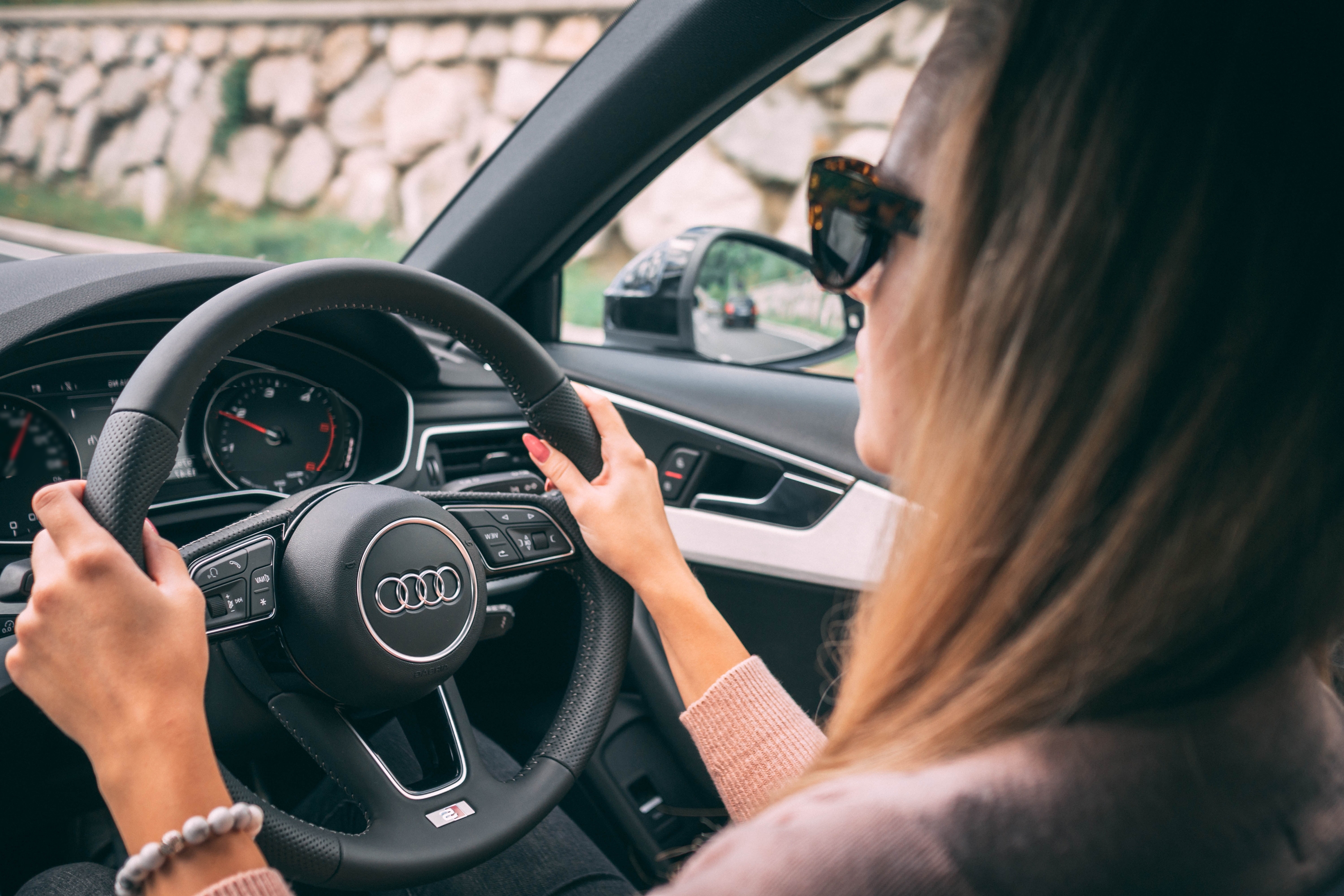Depth Position
Typically a lever under the chair or a mechanical switch will drawn the chair seat forward and back. Move the seat forward until you can fully depress the clutch. The body should be close enough to the steering wheel to hold with the hands at a quarter to three position. This is little lower than the standard ten to two position taught when learning to drive. The arms should be slightly bend and comfortable allowing the shoulders to be down and relaxed. Make sure there is no excessive pressure at the back of the knees and hamstrings.
Lumbar Support
Adjust the back rest so the lumbar back (lower part of the back) is in contact and supported along it's length. The back of the chair should be upright or very slightly reclined by a few degrees. Avoid over reclining as this may cause you to reach forward with the head and neck.
Steering Wheel Adjustment
Typically the steering wheel will lift up or down. Adjust it so that when you hold onto the steering wheel, the upper part of the arms are just slightly extended. The arms should not wing out or be too far away from the body. If the arms are extended too much it will cause an isometric contraction in the upper arm muscles and over time cause repetitive strain injury. Ensure you have good visibility of the dash board.
Head Rest
The head rest will raise up and down and some will tilt forward and back. In an accident the head rest will "catch the head". If the head rest is too low the neck will roll over the top and then flip back causing whip lash, too high and it won't properly support the head. Position the head rest so the head is directly behind the head and is as close to the head as possible. Gently, enact a collision and determine if the head rest will properly catch and support the head in a jolt.
If your car doesn't allow as much flexibility as you require to obtain your best driving position, take the time to adjust the height and lumbar issues with cushions.
Finally, when driving on longer journeys, remember to take regular breaks to stretch.
